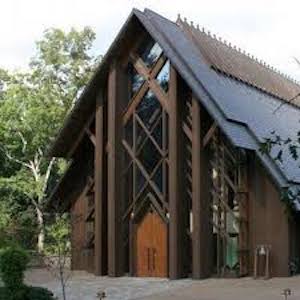Following excavation and the collection of artifacts from a site, the responsibility of the archaeologist is to analyze their discoveries and begin to form interpretations that reconstruct the lives of the people who left these items behind. In the case of ceramics, we can begin to cross-mend small pieces together, slowly rebuilding broken vessels. The refitting process involves putting together ceramic pieces like a puzzle and finally gluing them together with special adhesive to discover the original form.
Post Baccalaureate Fellow, Alex Friedl (Sewanee C'15), has been successful in cross-mending the majority of a chamber pot from Rebel’s Rest. When the ceramic pieces were initially excavated, we thought they represented heavy tableware, but refitting the pieces revealed another story. Its round shape and wide phalange (or vessel edge) reveal it to be a chamber pot.
Chamber pots can be seen throughout history, reaching as far back as Greek civilization, but they continued to be used in America until the mid-twentieth century when indoor plumbing became more commonplace. The reconstructed chamber pot from Rebel’s Rest measures approximately 24 centimeters in diameter and likely represents a child-sized vessel. This artifact was probably kept under a bed within the house, emptied daily by house servants in the Fairbanks home. We know that the Fairbanks family also had an external privy installed at some point, but the chamber pot may have continued to be used at night or other times when leaving the house would have been inconvenient.Use of the chamber pot at Rebel’s Rest during the late nineteenth and early twentieth centuries would have been related to a whole set of cleanliness practices and broader pride in personal hygiene that became essential to moral character beginning in the late eighteenth century (Bushman and Bushman, 1988). The Fairbanks, as a family well established in the upper class, would have been very aware of the sanitation practice necessary to match their elite status within society. The removal of waste using this chamber pot and others like it would have been part of everyday life until the vessel was intentionally discarded or accidentally broken during one of many trips outside to be emptied. Refitting ceramics, such as this chamber pot, help us identify the form and function of ceramics on the site and helps us begin to see how these artifacts fit into the wider context of Rebel’s Rest and the post-Civil War time period as a whole.

